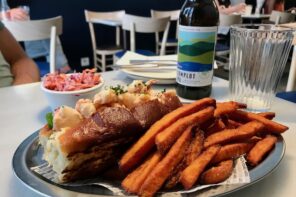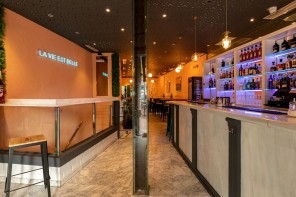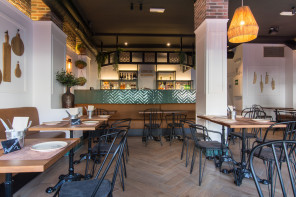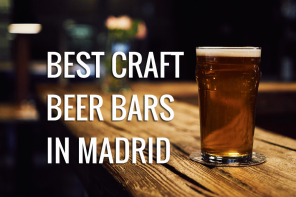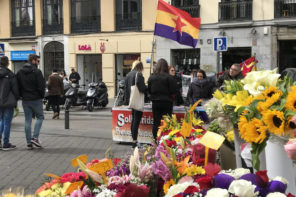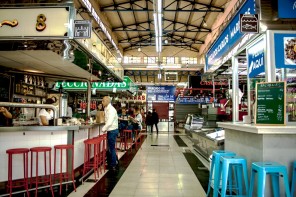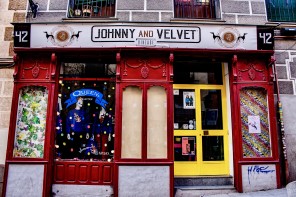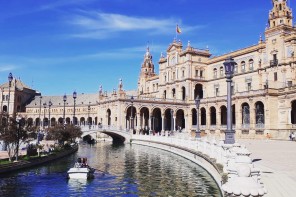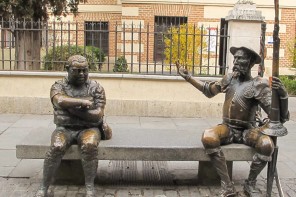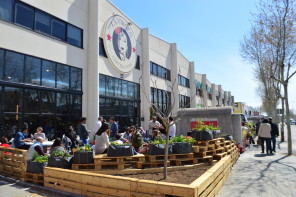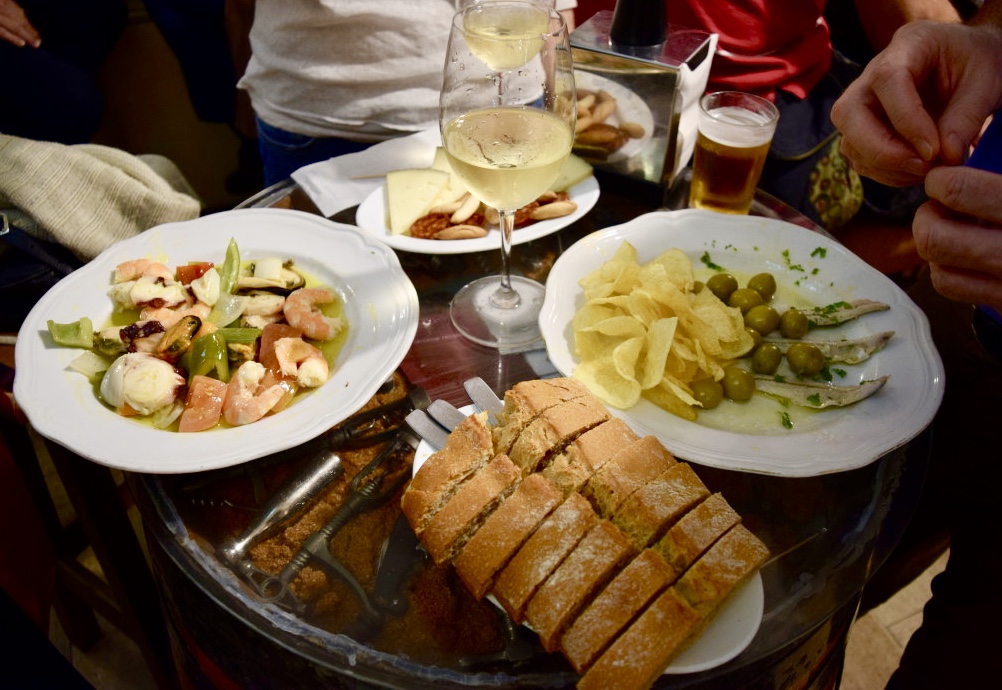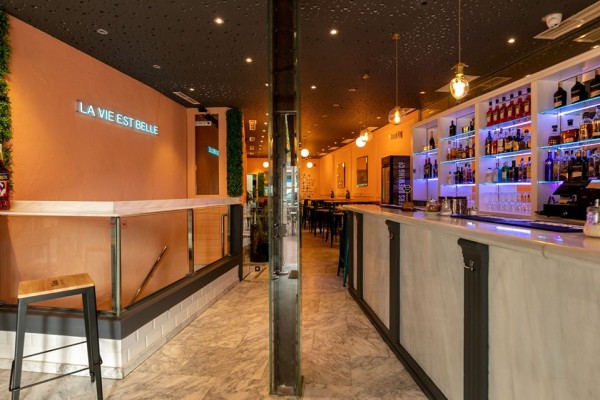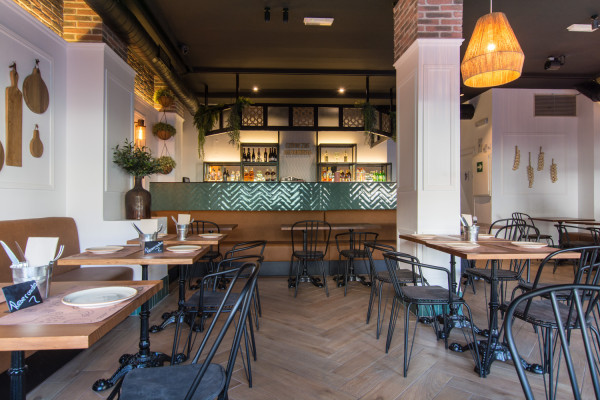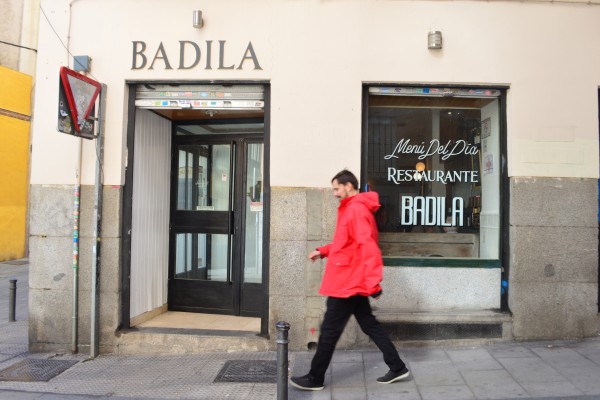If you’ve done any traveling lately, you might have noticed that food tours are rapidly becoming a global trend. Companies around the world now offer guided visits to restaurants, bars, and markets, promising to let you in on culinary secrets or show you how to eat like a local. Madrid is no exception. In fact, this city has more than its share of options, thanks to its vibrant dining scene and world-famous cuisine.
I recently had the chance to participate in a food tour for the very first time, thanks to Context Travel. The company offers “tours for the intellectually curious” in cities across the world, including several in the Spanish capital. Many are focused on history or art, but this one was especially intriguing: Savoring Madrid: Tavernas and Tapas.
According to the Context website, the goal of this culinary tour is to define the concept of tapas through tastings at tavernas in the city center. Like all of their Madrid tours, it’s meant to offer an in-depth look at local culture, customs, and in this case, cuisine. But considering the dozens of bars, restaurants, and specialty dishes that are scattered throughout the city, how could it be possible to cover such a broad topic in just 3 hours? That’s what I intended to find out.
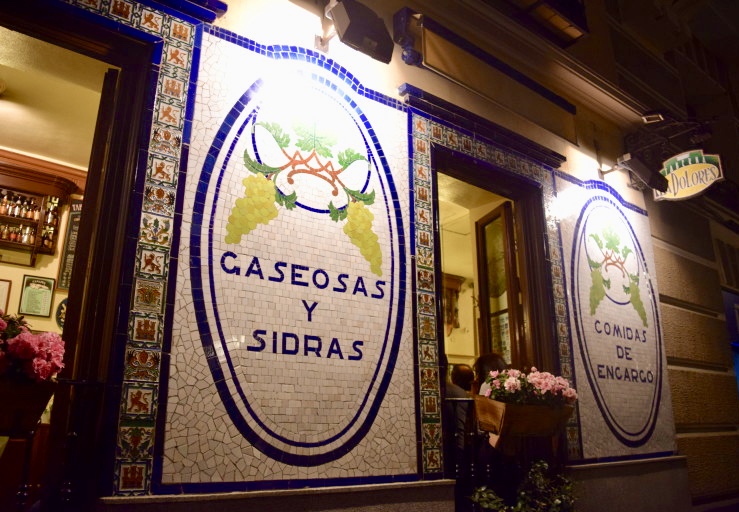
Intricate mosaics decorate the exterior of one of the many historic bars in Huertas.
Hungry for history
The tour began at 7pm outside the Westin Palace hotel, close to many of Madrid’s main tourist attractions. Context limits the size of their tours to create a personalized experience—this one consisted only of me and a couple who were on vacation.
Our guide was Tessy Carrada, a culinary journalist of Mexican origin who moved to Madrid a few years ago. She started off by explaining the basics, with the help of maps and diagrams: what are tapas, where did they come from, and how are they eaten? What makes Spain’s cuisine unique? What can you expect when you go out for tapas in Madrid?
Next she told us how the tour would work. We’d visit three or four places, all in the Huertas neighborhood (also known as Barrio de las Letras). The idea was to show us non-touristy spots, the kinds of places locals go, where we’d get a true taste of the local culture. At each place, she would order a few tapas to share, taking into account our preferences, interests, and appetites. With the ground rules laid out, we set off into the city.
Cervecería Cervantes

First up was a true classic, a place that was packed with customers even at the early hour of 7:30pm. We ordered drinks, and Tessy explained the particularities of Spanish brewing as we admired the collection of beer cans displayed on the restaurant’s walls. The waiter brought out a plate of giant olives and mussels, exemplifying the tradition of providing something to snack on along with every drink.

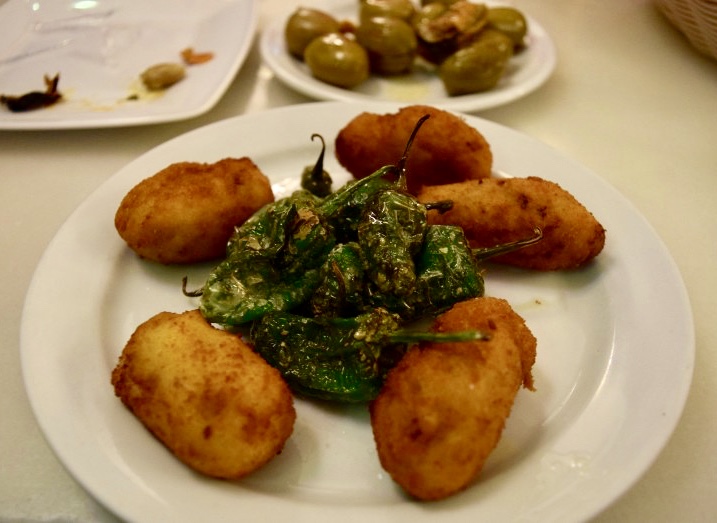
Tessy then ordered several raciones to share: ham croquetas with padrón peppers, manchego cheese, and jamón ibérico. As we ate, she offered insight on each and every item: how to make croquetas, what makes Spanish ham so special, and how to distinguish true manchego from imitations.

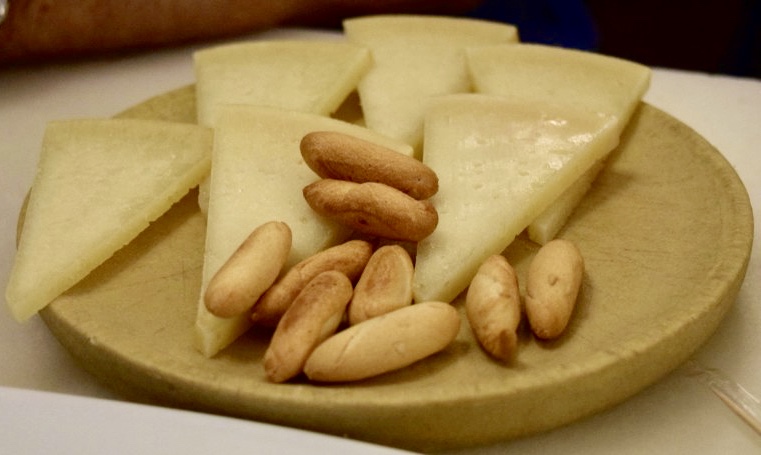
I’ve lived in Spain for a while, and I’ve eaten (more than) my share of all of these classic tapas, but I’m not exaggerating when I say this might’ve been the best ham and cheese of my life. It took a lot of self-discipline to restrain myself and save room for the next destination…
La Fábrica
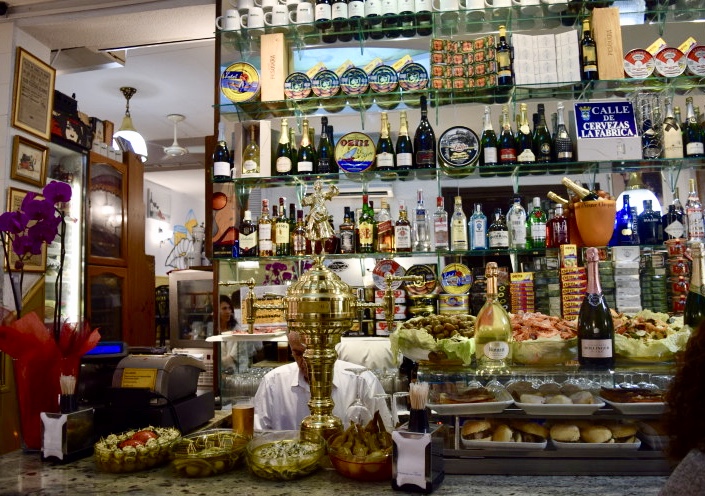
As soon as we entered this colorful, crowded locale we were welcomed with the sights and smells of seafood. We gathered around an old barrel-turned-table and ordered albariño wine to accompany the salpicón (a kind of seafood salad) and boquerones (marinated anchovies) that Tessy suggested. I was quickly reminded of one of the most pleasant discoveries I’ve made in Madrid: despite my preconceived notions about slimy, stinky seafood, here it’s a true delicacy.

The salpicón consisted of shrimp, mussels, and octopus swimming in olive oil with tomatoes, peppers, and onions. It was fresh, light, and incredibly delicious. A loaf of crusty bread was brought to the table, and Tessy encouraged us to break off pieces and soak them in the flavorful oil.
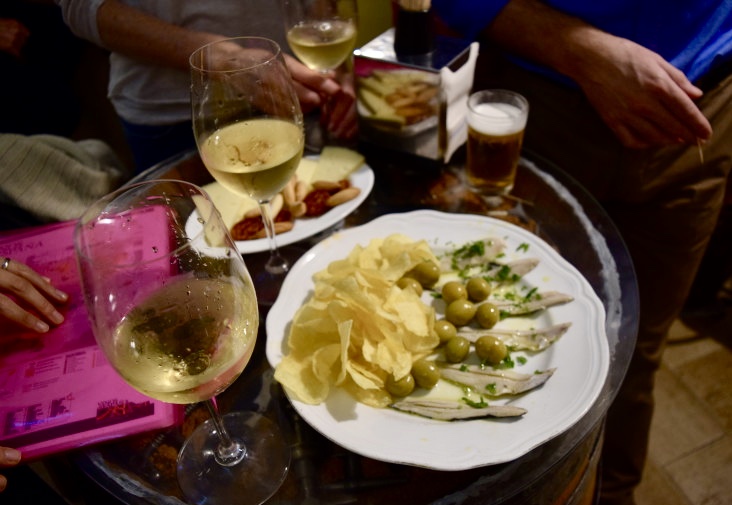
The boquerones were perfectly seasoned and accompanied by olives and crispy potato chips. We were also served a small plate of cheese and chorizo—but it couldn’t compete with the perfection we’d already experienced at Cervantes. The star here was most certainly the seafood.
La Vinoteca
Although we attempted to find a spot at the renowned Casa Alberto, at 9pm on a Saturday night it proved difficult. Instead we went to La Vinoteca, which had a much more modern and upscale atmosphere than the previous bars. We ordered wine and cava from an impressively long and detailed list.
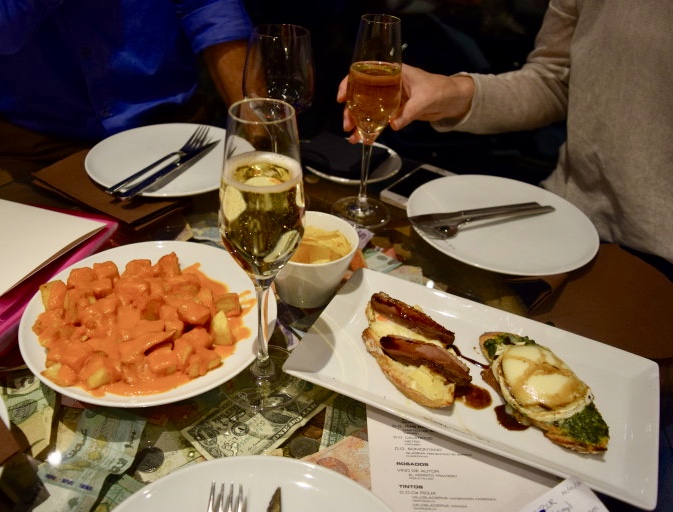
To round out the night, Tessy ordered patatas bravas (fried potatoes smothered in slightly spicy sauce) and two pinchos (small toasts): one topped with spinach, goat cheese, and caramelized onions, and another with potato cake and duck magret.
Although the ambience here was lovely and the wine exceptional, I have to admit that the tapas weren’t quite as impressive as their successors. That being said, they were still delicious, and certainly provided a well-rounded sampling of some of Spain’s most famous specialties.

For the last course of the evening, Tessy chose a layered trifle of chocolate and cream, as well as a sort of mini apple pie topped with vanilla ice cream. Although these were pretty standard sweets that didn’t exactly scream “Spain,” it’s hard to complain when there’s chocolate involved. After devouring dessert, we parted ways for the night with full bellies, satisfied palates, and a whole lot of newfound knowledge.
An interesting aftertaste
For me the best part of this tour, surprisingly, was not the food itself (although of course it was incredible). As a resident of Madrid, I can get authentic tapas whenever I want, on nearly every street corner. What this experience offered me was the chance to engage with the food I was eating on an intellectual level: to learn why tapas are called tapas, what distinguishes jamón ibérico from jamón serrano, and so much more. It was a lesson in being conscious of what I eat and the history and culture it reflects.
For travelers who only have a few days to sample the best of local cuisine, who don’t speak Spanish, or who simply don’t know where to begin, Context provides an ideal solution. Tessy’s insider knowledge and impeccable taste made for an interesting, entertaining, and thoroughly authentic journey through the taverns of Huertas.
Whether you’re a tourist who wants to experience the tapas culture firsthand, or a seasoned local who wants to learn more about the city you love, you’ll find what you’re looking for in the Context Tavernas and Tapas tour.
